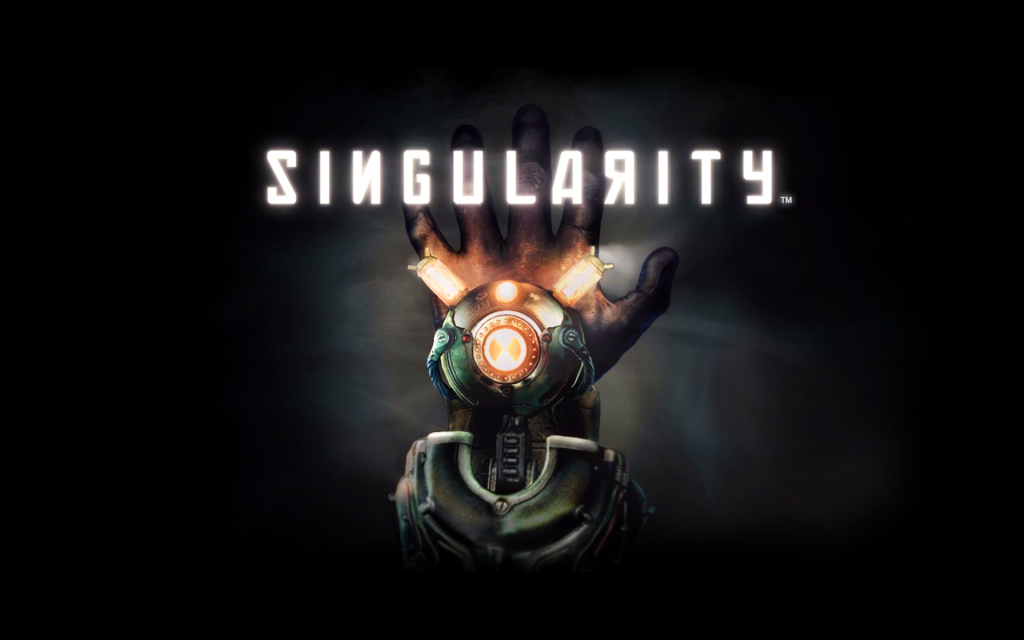The impact of hand-held camera on mockumentary filming:
One of the most unique elements in mockumentary is its shooting style, which mimics the shooting process of documentary to build up an illusion of reality and authenticity. But how does it work? A review of the available literature provides some examples, which shows that mockumentary filming can significantly enhance audiences’ experience of engagement by using hand-held camera and subjective shot.
Issari, M. A. and Paul, D. A.(1979) mention that the recorded footage from a hand-held device reflects more tactile and visual human characteristics. Jean-Pierre Geuens (2015) points out that the placement of hand-held camera humanized the view, making it more personal. “The shot no longer appeared to originate from the eye or the mind of the storyteller, but became rather the direct expression of the holder’s body.” Both of these views emphasize the humanized property of hand held camera. Geuens also uses a war scene of The Anderson Platoon (1967) to emphasize an idea: the viewer is made to experience what the cameraman went through so that viewer can feel how difficult the cameraman’s circumstances are. This idea is demonstrated clearly in a scene of another film Man Bites Dog (1992), in which the camera shakes violently when the cameraman is being hunted by killers. The camera finally rolls on the ground and stops, which implies the death of cameraman. Such characteristics of hand held camera build up a relationship among audience, characters and the fictional world.

The impact of subjective shot on mockumentary filming:
It is believed that subjective shot is another important element of mockumentary shooting, which has a great impact on visual and mental experience of viewers. Briefly, subjective shot means shooting in first personal view. Gustavo Mercado discusses subjective shot in his book The Filmmaker’s Eye (2011, p.83). He mentions that a well designed subjective shot matches both the character’s emotional and psychological subjectivity and the physical attributes of character’s perspective. He also notices that subjective shots enhance the level of interactions between other characters and audience, which helps them builds up powerful relationships. It is clear that subjective shot has its unique functions, but is it suitable to replace traditional shots? Eugeni, R. (2012) compared first person shot with traditional point of view shot, and argues that the first person shot breaks the rules and grammatical constructions of point of view shot, which also extends (and partially manifests) the principle of subjectivity implied by point of view shot.
However, the use of subjective shot in mockumentary should also be careful. Audience might find it difficult to identify with the character whose subjectivity they are experiencing in a long subjective shot because of the lack of reaction shots (Mercado, 2011). Additionally, it has been widely criticized that the overuse of hand held camera causes too much shake and blur to image area, which make audience feels uncomfortable.

Ideally, the first problem can be solved by setting camera man as an unimportant character, adding monologue recordings or changing the user of camera frequently. Spanish horror film Rec (2007), for example, set protagonist’s assistant as the cameraman so that protagonist’s nervous facial reactions can be recorded clearly, which reinforces the thrilling atmosphere. As for the second problem, several works suggest that the combination of mockumentary filming and traditional filming can overcome it to some degree. A convincing example is film District 9 (2009), which uses varied kinds of cinematic modes – a corporate promotional film, hand-held documentary film and traditional narrative shots to demonstrate the society and life of people after alien refugees arrived on Earth. The blending of documentary and traditional filming successfully creates a convincing air of authenticity in the first 15 minutes of the film.

Corporate promotional Film 
hand-held documentary 
Traditional Shot
References:
Books
Branigan, E. and Rauh, R. (1975) Formal permutations of the point-of-view shot. S.L., Erscheinungsdatum Nicht Ermittelbar. pp 54–64.
Eugeni, R. (2012) “First person shot. New Forms of Subjectivity between Cinema and Intermedia Networks / El pla en primera persona. Noves formes de subjectivitat entre el cinema i les xarxes intermèdia / El plano en primera persona. Nuevas formas de subjetividad entre el cine y las redes intermedia”, Anàlisi : Quaderns de Comunicació i Cultura, , pp. 19-31.
Geuens, J. (2015) “The dismantling of the fourth wall”, Quarterly Review of Film and Video, vol. XXXII, no. 4, pp. 314-328.
Issari, M. A. & Paul, D. A. (1979) What is cinéma vérité? Metuchen, N.J: Scarecrow Press, p. 172.
Mercado, G. (2010) The Filmmaker’s Eye: Learning (and Breaking) the Rules of Cinematic Composition, Taylor & Francis Group, Oxford, p. 83.
Films
District 9 [film]. 2009. NEILL BLOMKAMP dir. USA: Sony Pictures.
Man Bites Dog [film]. 1992. REMY BELVAUX, ANDRE BONZEL and BENOIT POELVOORDE dir. Belgium: Palisades Tartan.
Rec [film]. 2007. JAUME BALAGUERO and PACO PLAZA dir. Spain: Filmax International.
The Anderson Platoon [film]. 1967. PIERRE SCHOENDOERFFER dir. France: Office de Radiodiffusion-Télévision Française.
This is Spinal Tap [film]. 1984. ROB REINER dir. USA: Embassy Pictures Corporation.
